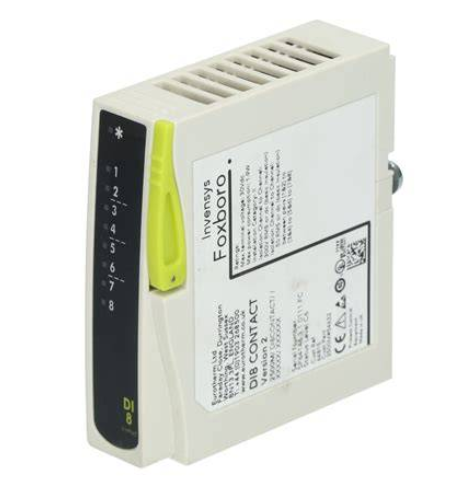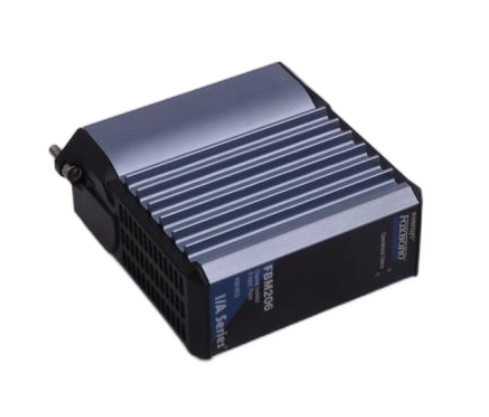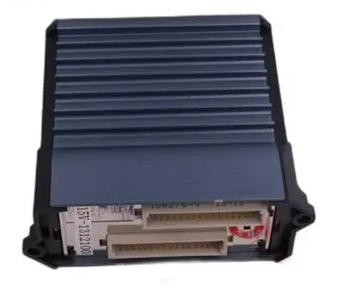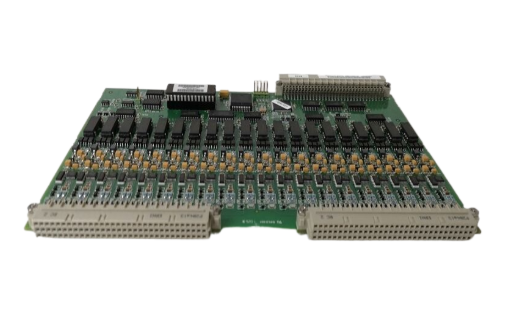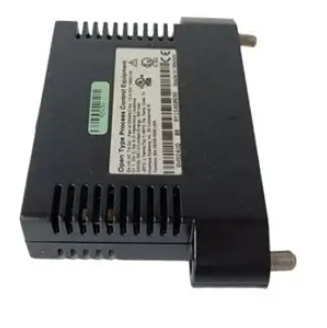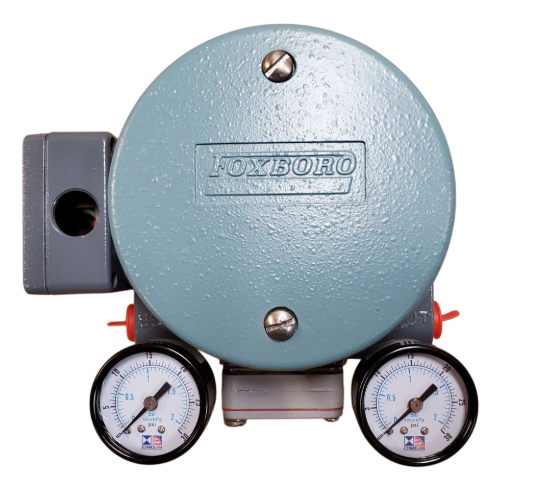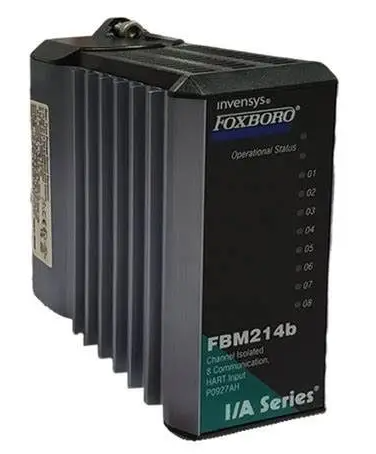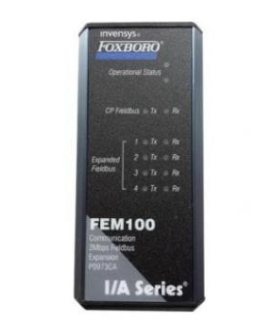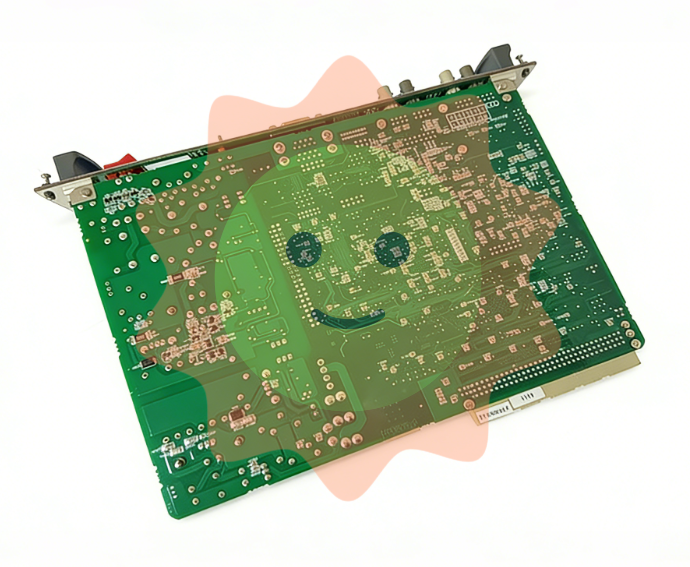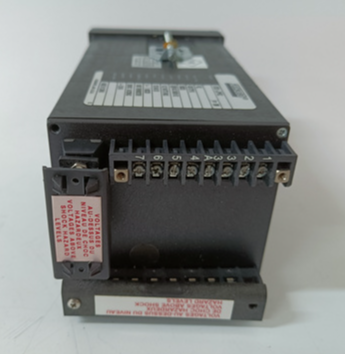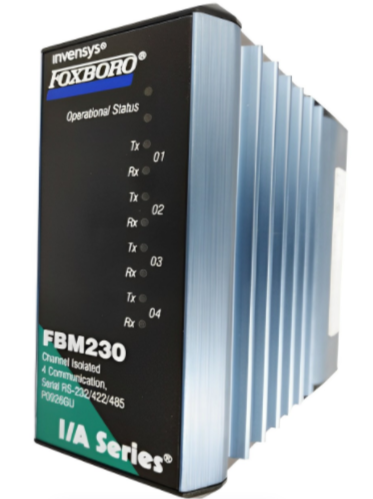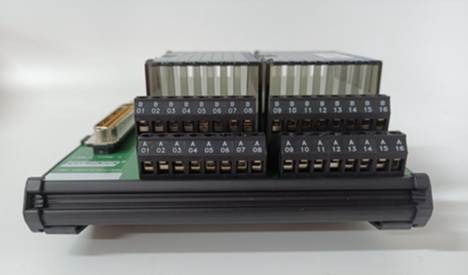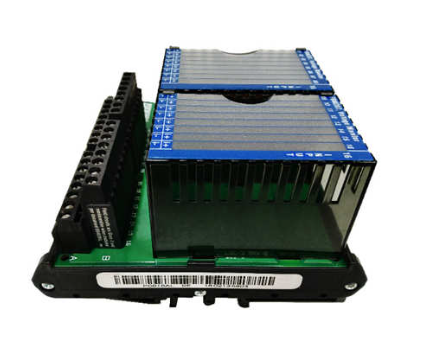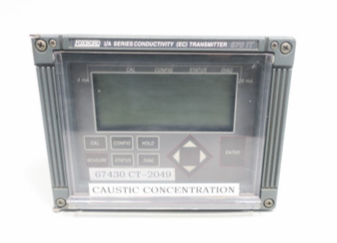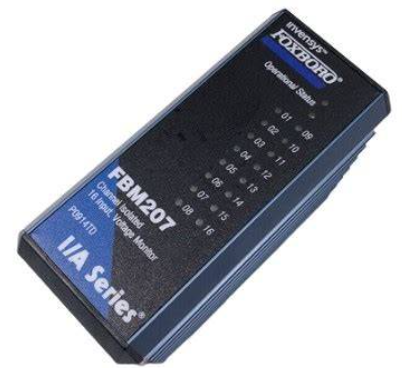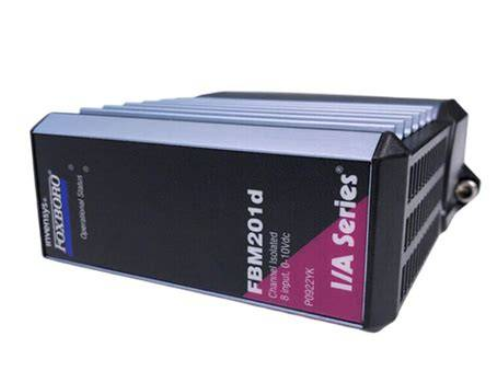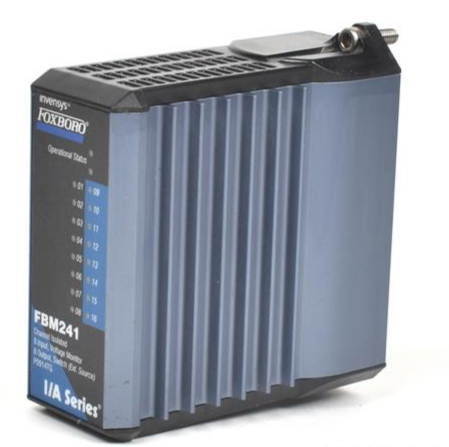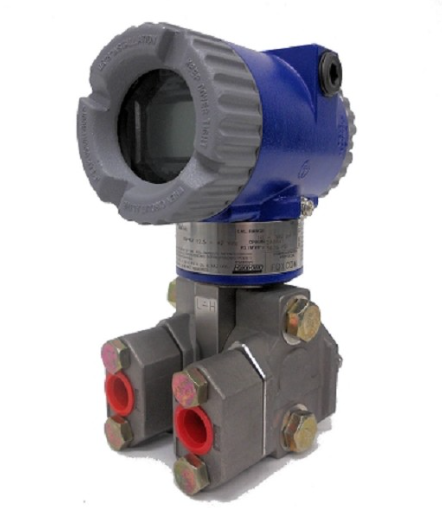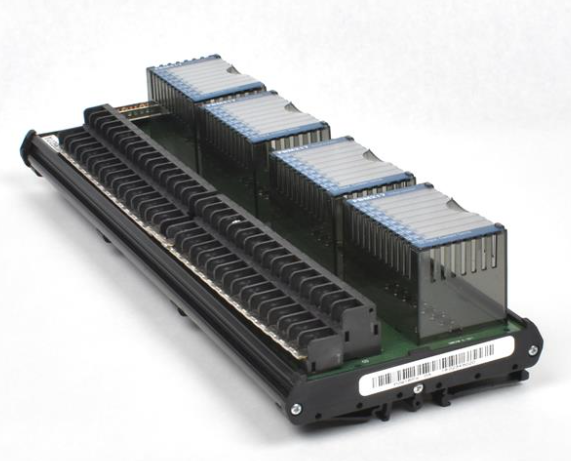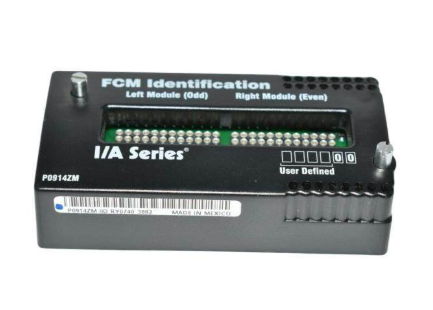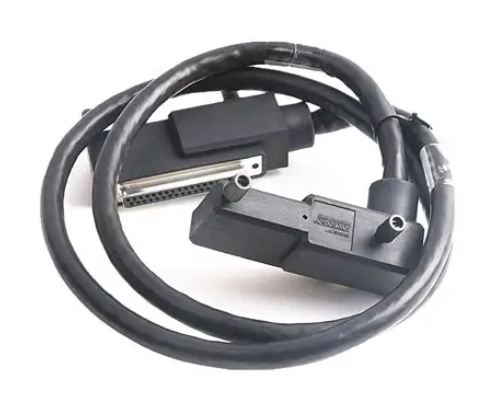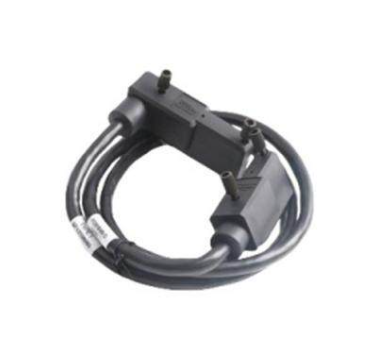The development and future prospect of pulp and paper technology
The invention of paper technology brought the spread and inheritance of human civilization into a new era, and the carrier of characters changed from heavy bamboo slips to light and easy to carry paper. It can be said that the emergence of paper changed the way of cultural transmission, so that the culture and historical materials of thousands of years ago can be preserved until now. However, due to the limitation of the technical level, the quality of paper was very poor when paper was just invented. With the continuous development of human science and technology, papermaking technology is also constantly changing, and the quality of paper is getting higher and higher, and the functions are getting more and more. At present, China has become the world's leading country in the manufacture and consumption of paper products, so it has become an urgent problem to study and solve to further improve the pulping technology to control production costs, improve paper quality and environmental pollution caused by the production process. As a papermaking industry practitioners, we must strive to innovate, absorb domestic and international advanced papermaking technology, further innovate the existing papermaking technology, and improve the quality and efficiency of papermaking.
1. Introduction
Pulping has a great impact on the quality of paper molding, so if you want to obtain high-quality paper, you must improve the quality of the pulping process. Generally speaking, pulping includes mechanical pulping, chemical pulping and semi-chemical pulping. Pulping generally refers to the pulp required to make wood into paper, and the use of special methods (generally referring to the use of mechanical, chemical or a combination of two ways) to make natural pulp or further bleaching of fiber raw materials extracted from trees and other plants. In the nearly one thousand years after the production of paper technology, due to the limited technical level, more mechanical pulping is used, and in recent years, with the development of science and technology, chemical pulping is more and more widely used, which greatly improves the efficiency of pulping and the quality of pulp. This paper mainly introduces the more and more widely used chemical pulping technology, and introduces the more advanced chemical bleaching methods, and analyzes the advantages and development prospects of chemical pulping technology.

2. Types and uses of chemical pulping technology
The common methods of chemical pulping technology are alkali process and sulfite process, of which the alkali process mainly includes caustic soda method and sulfate method, and the sulfite subprocess usually includes acid bisulfite method, bisulfite method, slightly acidic sulfite method, neutral sulfite method and alkaline sulfite method. Chemical pulping technology is an advanced technology that has developed rapidly in recent years, which is mainly used to make high-grade cultural paper, paper bag paper, national defense paper and fiber composite materials. In order to improve the quality of papermaking, save production costs and solve the environmental pollution problems caused by papermaking, all countries in the world are trying to innovate pulping technology, at the end of October 2014, the ninth China International Papermaking Chemical Technology and pulping equipment Exhibition was held in Shanghai World Expo Exhibition Center. In this exhibition, the more advanced chemical pulping raw materials and equipment in various countries are displayed, and the application of papermaking chemicals in the papermaking industry is introduced, as well as the major impact on controlling production costs, improving environmental pollution and improving the quality of papermaking, so that people deeply understand the important role of chemical pulping process on papermaking technology.
3. Development status of chemical pulping technology
As we all know, pulping is short for a series of processes, mainly including raw material selection, cooking separation of fibers, concentration, grinding, storage of logs, sawing, peeling, knotting, chipping, cooking, washing, screening, purification, bleaching, dipping and grinding to obtain this color paste board. With the development of chemical science and technology, more and more chemical technology has been applied to these production processes, which has made a significant contribution to the development of the paper industry. The following is an introduction to the application of chemical processes in several production processes. In the cooking of wood, the tower continuous cooking system and low-energy replacement intermittent cooking and other equipment are generally used, and the appropriate amount of caustic soda is added in the cooking process to increase the rate of dewood-removal, and most of the lignin is removed and continuously diffused into pulping, while also slowing down the dissolution of carbohydrates. However, it should be pointed out that the acquisition rate of using this method is low, generally around 50%.
In the previous grinding process, whether it is disk grinding or stone grinding, logs or wood chips are simply placed into the mill or stone grinder, and physical pressure is applied to promote the separation of fibers. Such a processing method is less efficient, and the construction investment is large, the most commonly used method is to carry out chemical pretreatment first, the use of chemical agents to make the structure of the log more relaxed, but also to soften the fiber. After chemical pretreatment, the grinding process becomes much simpler, and it also greatly improves the efficiency and quality of the processing, and improves the yield.
- EMERSON
- Honeywell
- CTI
- Rolls-Royce
- General Electric
- Woodward
- Yaskawa
- xYCOM
- Motorola
- Siemens
- Rockwell
- ABB
- B&R
- HIMA
- Construction site
- electricity
- Automobile market
- PLC
- DCS
- Motor drivers
- VSD
- Implications
- cement
- CO2
- CEM
- methane
- Artificial intelligence
- Titanic
- Solar energy
- Hydrogen fuel cell
- Hydrogen and fuel cells
- Hydrogen and oxygen fuel cells
- tyre
- Chemical fiber
- dynamo
- corpuscle
- Pulp and paper
- printing
- fossil
- FANUC
- Food and beverage
- Life science
- Sewage treatment
- Personal care
- electricity
- boats
- infrastructure
- Automobile industry
- metallurgy
- Nuclear power generation
- Geothermal power generation
- Water and wastewater
- Infrastructure construction
- Mine hazard
- steel
- papermaking
- Natural gas industry
- Infrastructure construction
- Power and energy
- Rubber and plastic
- Renewable energy
- pharmacy
- mining
- Plastic industry
- Schneider
- Kongsberg
- NI
- Wind energy
- International petroleum
- International new energy network
- gas
- WATLOW
- ProSoft
- SEW
- wind
- ADVANCED
- Reliance
- YOKOGAWA
- TRICONEX
- FOXBORO
- METSO
- MAN
- Advantest
- ADVANCED
- ALSTOM
- Control Wave
- AB
- AMAT
- STUDER
- KONGSBERG
- MOTOROLA
- DANAHER MOTION
- Bently
- Galil
- EATON
- MOLEX
- Triconex
- DEIF
- B&W
- ZYGO
- Aerotech
- DANFOSS
- KOLLMORGEN
- Beijer
- Endress+Hauser
- MOOG
- KB
- Moxa
- Rexroth
- YAMAHA
- Johnson
- Westinghouse
- WAGO
- TOSHIBA
- TEKTRONIX


Email:wang@kongjiangauto.com

